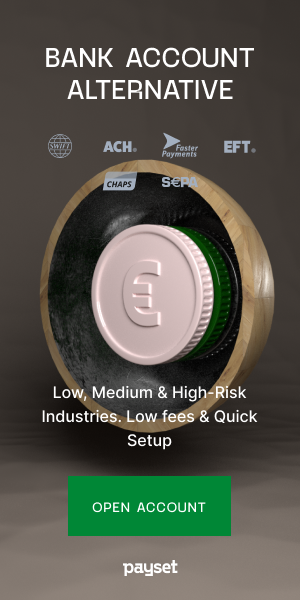Nodes are the essence of blockchain technology. Blockchain nodes form a network of devices that sustain a blockchain by carrying out varied tasks. A node is any electronic device connected to the internet (and that therefore has an IP address), such as a computer or phone.
In a blockchain network, each node maintains a copy of the ledger, can potentially serve to process transactions, and can send and receive broadcasts of the latest block transactions to and from other nodes. Each blockchain has its own tree of nodes, which together form a “distributed” ledger that keeps an exact record of all the transactions that are carried out on the blockchain.
On blockchain’s like Bitcoin’s node owners are compensated for dedicating computing resources to store and validate transactions by collecting transaction fees in the form of the blockchain’s cryptocurrency.
Although, in theory, every laptop can become a node, the processing power required to maintain a node and validate transactions is too much for an average computer.
Lightweight, Full, and Master Nodes
There are different types of nodes. Most nodes on a blockchain only access the network to perform basic tasks. They only download block headers rather than ledgers of entire blocks, which is enough information to mine or validate a transaction. These are referred to as lightweight nodes. While all nodes comply with the consensus protocol, not all nodes maintain a full copy of the blockchain. To form a new block, a miner must run a full node.
A full node downloads a complete copy of a blockchain and uses the consensus protocol to validate new transactions and add them to the blocks. Masternodes perform all the functions that full nodes do, but can also facilitate other actions on a blockchain, such as voting events, executing protocol operations and enforcing the blockchain’s rules. These nodes must support a lot more memory and are usually always online. They, therefore, require more electricity, maintenance, storage space, uptime, and other resources than normal nodes.
Nodes can also be online or offline. Only online nodes can receive, save, and broadcast all new transactions on a blockchain. Since they’ve been out of the loop, once an offline node comes back online it first needs to download the blocks that were added to the blockchain while it was offline, AKA synchronize with the blockchain.


